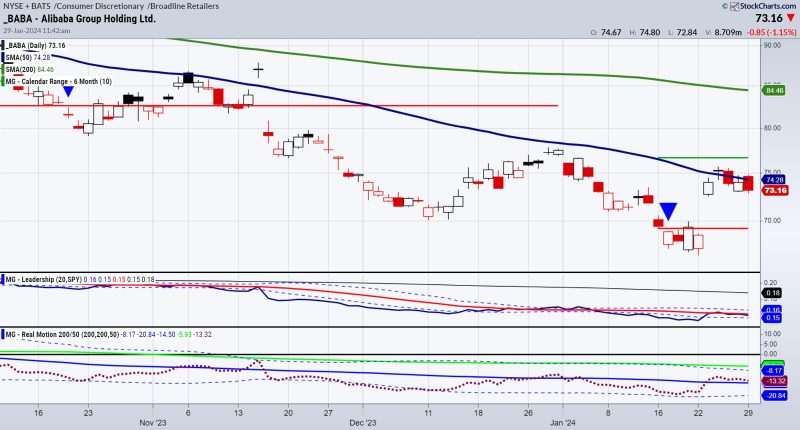Body:
Alibaba is undoubtedly one of the biggest e-commerce giants in the world today. With a presence in over 190 countries, this Chinese multinational conglomerate has successfully revolutionized the way people shop online. In this article, we will delve into a word and a chart about Alibaba, shedding light on the company’s growth, influence, and impact on the global economy.
A Word: The Rise of Alibaba
Alibaba was founded in 1999 by Jack Ma, a visionary entrepreneur who saw the potential of the internet to revolutionize commerce. What started as a simple online marketplace has now transformed into a sprawling empire, encompassing various sectors such as e-commerce, cloud computing, digital media, and more.
Alibaba’s success can be attributed to its innovative business model. Unlike traditional retailers, Alibaba does not hold inventory, but rather connects buyers and sellers through its platforms, primarily Taobao and Tmall. This allows the company to operate on a massive scale without the need for physical infrastructure.
Furthermore, Alibaba’s focus on mobile technology has played a significant role in its growth. With millions of Chinese consumers accessing the internet through smartphones, Alibaba capitalized on this trend by launching Alipay, a mobile payment platform. Alipay revolutionized the way transactions are conducted, making it easier and more secure for users to make purchases online.
Alibaba’s Chart: An Impressive Growth Trajectory
When it comes to measuring Alibaba’s impact and influence, one can simply look at the company’s financials. In its latest fiscal year, Alibaba reported a staggering $109.5 billion in revenue, an increase of 41% from the previous year. This remarkable growth can be attributed to several key factors.
Firstly, Alibaba’s dominance in the Chinese market is unparalleled. With a reported 755 million active consumers on its platforms, the company has established itself as the go-to destination for online shopping in China. This massive user base, coupled with an extensive network of sellers, allows Alibaba to offer a wide range of products and services to its customers.
Secondly, Alibaba’s international expansion has been a significant driver of its growth. The company’s presence extends far beyond China’s borders, with operations in Southeast Asia, Europe, and the Americas. By tapping into the growing demand for Chinese products around the world, Alibaba has managed to expand its reach and increase its global footprint.
Additionally, Alibaba’s foray into other sectors such as cloud computing and digital media has contributed to its revenue growth. Alibaba Cloud, the company’s cloud computing arm, has witnessed exponential growth in recent years, offering a range of services to businesses and individuals alike. Meanwhile, Alibaba’s digital media and entertainment division, which includes platforms like Youku and UC Browser, has become a major player in China’s rapidly expanding media landscape.
Conclusion:
Alibaba’s journey from a small online marketplace to a global e-commerce giant is a testament to its visionary leadership and innovative business model. With a relentless focus on technological advancements and a commitment to customer satisfaction, Alibaba continues to reshape the digital landscape and drive the future of e-commerce.
As the company continues to grow and expand its operations, it is poised to become an even more influential player in the global economy. By relentlessly pursuing new opportunities and embracing emerging technologies, Alibaba is sure to leave a lasting impact on the world of online commerce.
